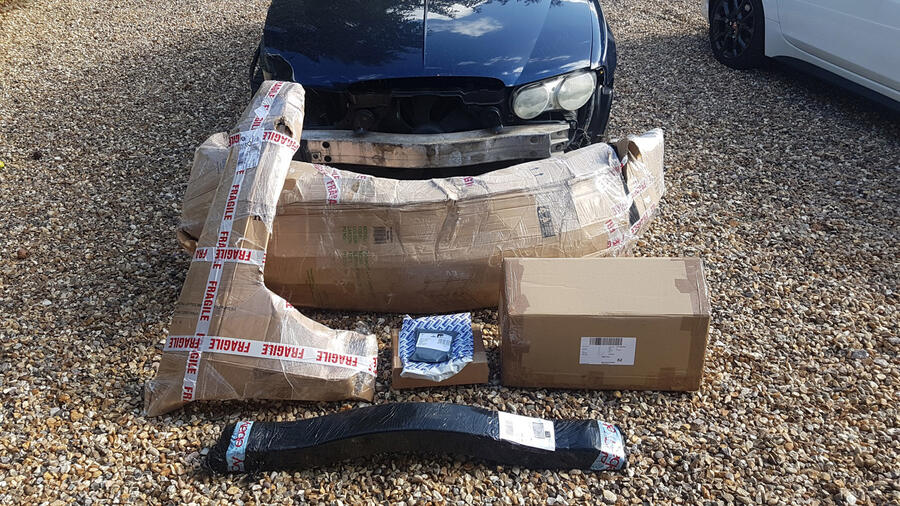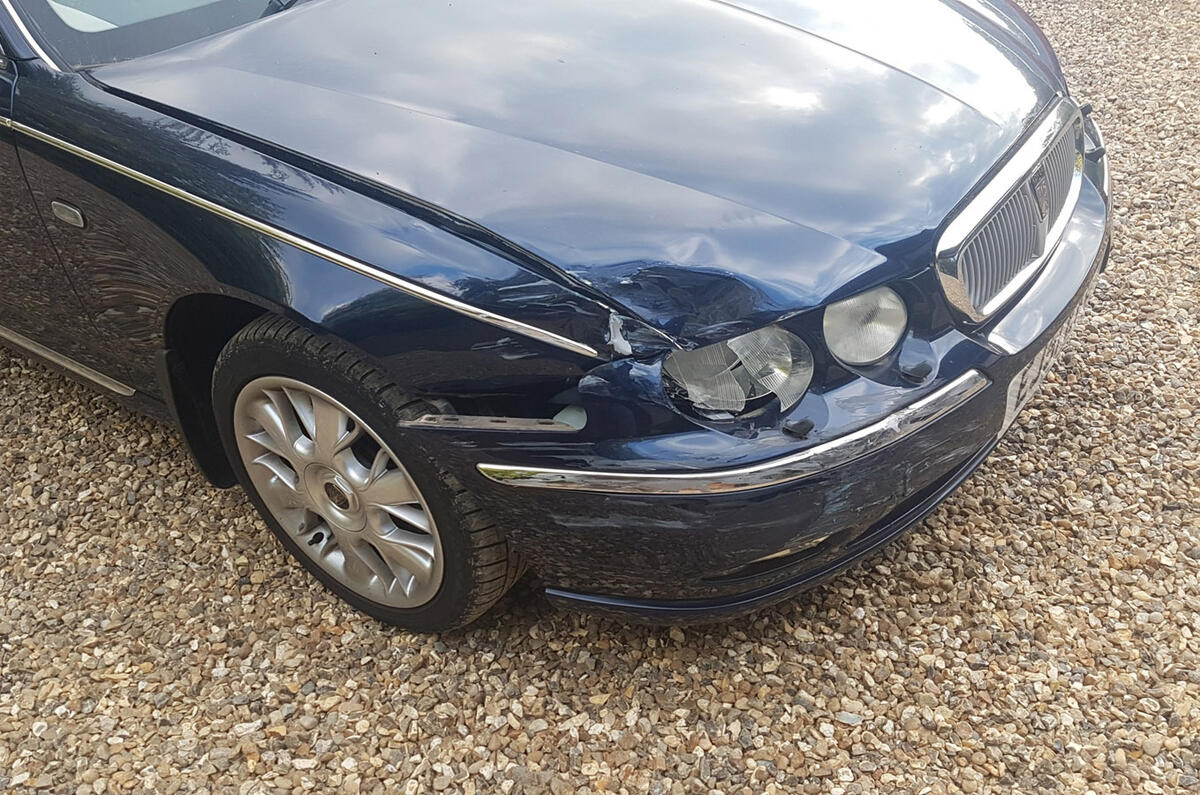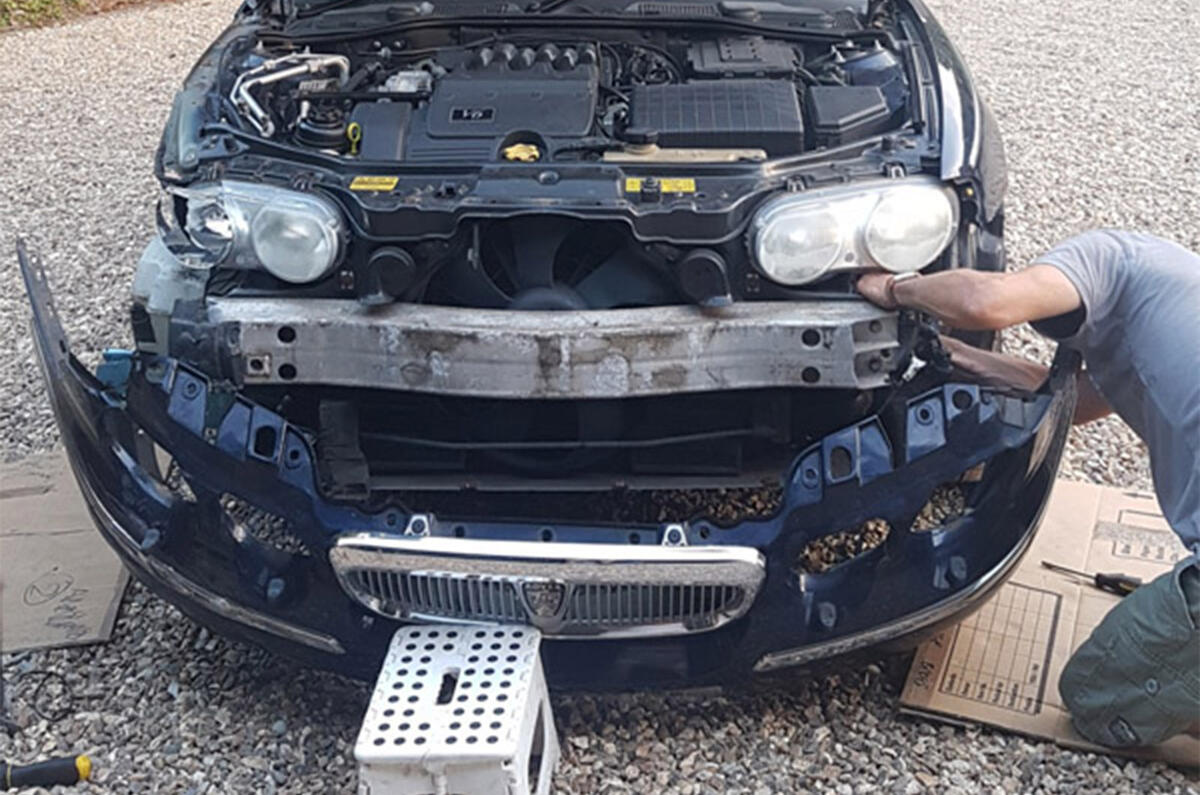It’s not easy to single-handedly manhandle a car bonnet. It’s a big panel, making it difficult for your hands to get a grip, and it’s quite heavy. Manoeuvring said panel onto a trolley – the type used at Ikea to carry big flatpacks – is also a challenge when said trolley is resting on a slight slope, this topographical detail revealed by its insistence on rolling down it.
This probably comedic scene – I could imagine being watched on CCTV – was to be witnessed at a salvage yard near Southampton on a hot day last summer, with your scribbler unable to request assistance for Covid-19 reasons. The undamaged bonnet was being freed from an expired Rover 75 Tourer for my now lightly damaged 75 saloon. Damaged because a car pulled out in front of me from a side road and my attempts to avoid T-boning this sudden steel impediment were only partially successful.
The 75, a 2.5 V6 Connoisseur SE, no less, is a car that I’ve owned for almost five years, after buying it for £800 as a stopgap. So reliable, sumptuous and civilised has it been that I’ve enjoyed 25,000 miles of its 76,000-mile total and plan to keep running it until it’s stopped by an expensive mechanical failure. Which has been staved off so far by regular specialist maintenance and the fact that it’s so well made.

I hadn’t expected the 75 to be stopped by the offside flank of a white Kia Niro, on the other hand. The visible destruction included the offside front wing, a headlight, an indicator, the front bumper and the bonnet. Behind these items, the damage was unknown. The Kia’s offside doors and rear wing were squashed, but no airbags fired in either car. Details were exchanged, insurers contacted and within days I was offered £700 for the Rover, which predictably was doomed to be an economic write-off once I had furnished pictures. That it was able to drive away from the accident feeling exactly as it had beforehand didn’t seem to figure in the insurance assessor’s calculations.















Join the debate
Add your comment
Great to see it kept on the road but obviously lost the headlight washers and the wheels are different too.
75s are much maligned but I think they're great cars as are their ZT counterparts.